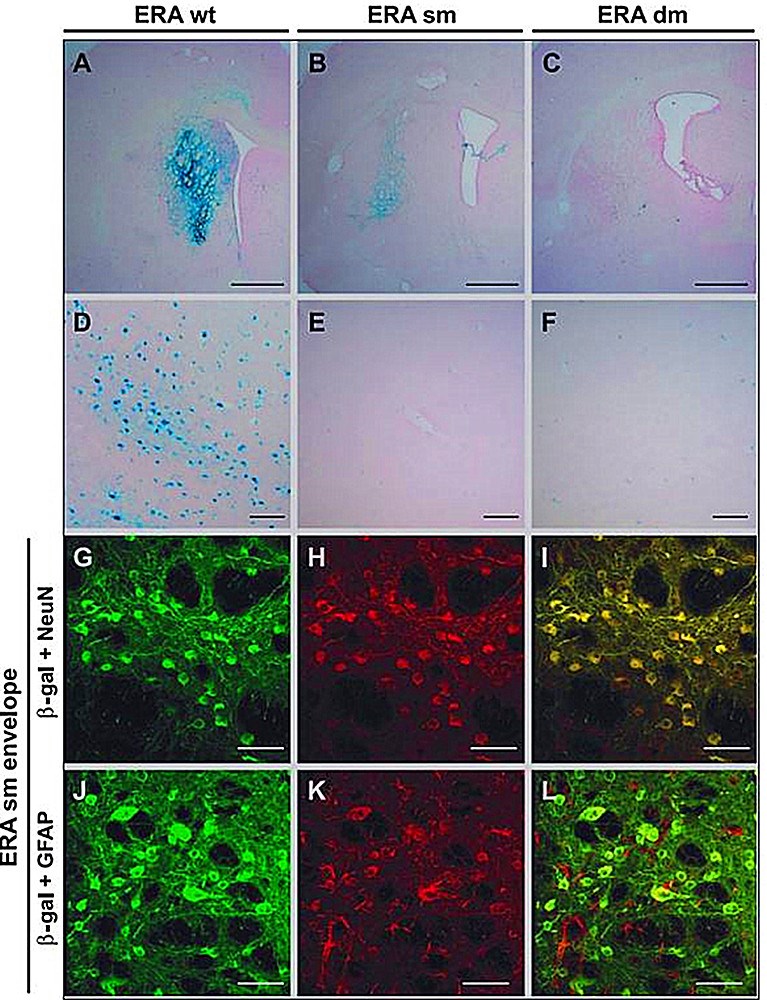Pseudotyping of Lentiviral Vector for Targeting Neuronal Cell
With the availability of profound cell therapy knowledge, certified technical staff, and numerous state-of-the-art instruments, Creative Biolabs has developed a number of viral vector development solutions for worldwide customers. With our proven competencies and regulatory expertise, we are therefore confident in offering the best services for lentiviral vector pseudotyping services targeting neuronal cells.
Introduction of Neuronal Cells
Neuronal cells are a number of cells that play an important role in regulating the function of nervous tissues. In the past few years, many kinds of neuronal cells have been identified in the brain, including sensory neuronal cell, glia neuronal cell, as well as central neuronal cell. Meanwhile, pilot studies have shown that neuronal cells are associated with a variety of diseases and have been considered as therapeutic targets in pre-clinical or clinical studies. For instance, scientists have revealed that neuronal cell death can induce the function degeneration of nervous system, causing the progress of various neurodegenerative diseases or neurological injury, such as Alzheimer's disease, Parkinson's disease. Furthermore, researchers have illustrated that a range of neuronal cell type markers can be widely used for revealing the expression patterns in disease therapy. Among them, Rbfox3, Aif1, and Gfap are commonly used for detecting different neuronal cells. Additionally, recent studies conducted on neuronal cells suggest lentiviral vectors targeting neuronal cell should be an attractive strategy for gene therapy. Pseudotyping lentiviral vectors with the glycoprotein demonstrate a high-titer transport and expression in neuronal cells, which provides new opportunities for neurological disease treatments.
Service at Creative Biolabs
Lentiviral vectors play a critical role in transferring targeted genes into the host cells and have been widely used in gene therapy. In general, lentiviral vectors are often derived from human immunodeficiency virus (HIV). The binding of envelope proteins with other kinds of viruses in HIV has been considered as a key step for pseudotyping of lentiviral vectors. To date, pseudotyped lentiviral vectors in neuronal cells have aroused much attention for treating neurological diseases. As a consequence, Creative Biolabs offers a wide selection of lentiviral vector-based pseudotyping services targeting on neuronal cells. We have successfully accomplished several projects in this field, and the results indicate that these lentiviral vectors can offer an efficient transfection in gene therapy of neurodegenerative diseases. For example, we have developed a lentiviral vector by using the equine infectious anemia virus (EIAV). This vector can efficiently integrate the gene of interest into different kinds of nervous systems. Moreover, we have also produced many types of high-titer EIAV vectors by pseudotyping with envelope glycoproteins from different species of viruses, such as Lyssavirus, rabies virus, and Mokola virus.
 Figure 1. Expression of lentiviral vectors pseudotyped with ERA strains of rabies envelopes in the rat striatum. (Wong, 2004)
Figure 1. Expression of lentiviral vectors pseudotyped with ERA strains of rabies envelopes in the rat striatum. (Wong, 2004)
As a leading service provider in the field of viral vector design and construction, Creative Biolabs is dedicated to providing a wide range of services on pseudotyping of lentiviral vectors targeting on neuronal cell. Our scientists specialized in gene therapy studies will work with you to develop a most appropriate strategy that will offer the most meaningful data for your research. If you are interested in our services, please contact us for more details.
Reference
- Wong, L.F.; et al. (2004). Transduction Patterns of Pseudotyped Lentiviral Vectors in the Nervous System. Mol Ther. 9(1): 101-11.
